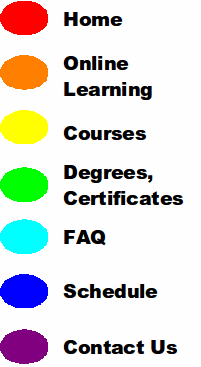


One Way to Do a Project
This page presents one way to do a project. You may choose some other approach. If you do, analyze your choice, asking yourself what you gain from your choice, and what you lose.
Note that different courses may require somewhat different use of these steps. For example, a course that emphasizes a variety of programming language or library capabilities might call for a larger number of smaller, possibly unrelated examples. Conversely, a courses that emphasizes integrated projects may call for a smaller number of larger examples.
- Create a list of topics you will cover in your project and report.
- It is very important that you develop a capability to tell which topics are important in whatever subject you study. Much of your professional learning will take place out side of any organized course, and you will need to be able to guide your own learning, in part by deciding what is important, and what is not.
- List these topics in the left-hand column of a two-column table. In the right-hand column you can list the specific examples that demonstrate your capabilities in the topics listed in the left-hand column.
- Create the examples!
- Check each example.
- Check that all topics (left-hand column) are adequately (or better) covered by examples (right-hand column) that actually exist.
- Include the table, the examples, and any text needed to tie them together in a report in .html or .doc file format.